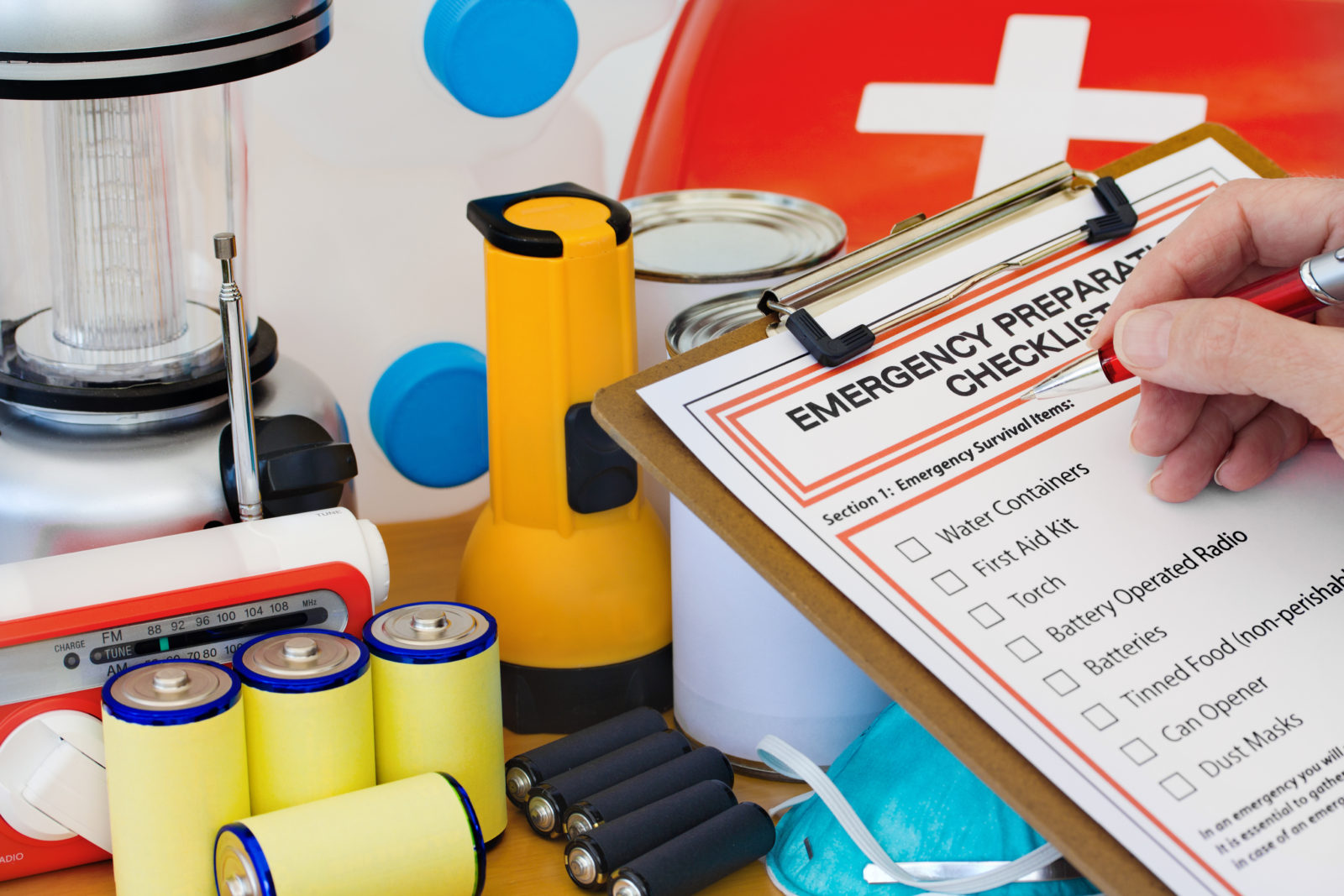The Key to an Organizations Resilience During a Disaster
By: Carole Snyder, MS, BSN, RN
Hospitals are mandated to have disaster plans in place to sustain the facility, patients, and staff for upwards of 96 hours. A mitigation strategy an employer may consider to increase response efforts is to be sure that staff is prepared at home for a disaster. Your employees’ ability to focus on work begins with their peace of mind from knowing that their family, home, and affairs are safe and prepared. When adding personal preparedness to the annual training schedule the following elements should be considered:
The rule of 3’s for survival: You can live for three minutes without air, three hours without shelter, three days without water, and three weeks without food. It is relatively inexpensive to build a disaster kit using these rule; get an old backpack and start filling it. Not much can be done about air; however, adding N-95 masks to your kit may prevent airborne particulates from getting into your lungs after a forest fire or a building collapse. Add an umbrella, aluminum foil blanket, and a rain poncho to the bag for a quick shelter solution. Throw some bottled or canned water and granola bars in your pack and you have a basic “Go Bag”. If you live in a cold climate add extra clothing or blankets and a comfortable pair of shoes to keep warm.

After completing the “Go Bag”- go bigger; get your home prepared. Store one gallon of drinking water per person per day (three days minimum). Do not place the water directly on concrete as it may leech the alkaline. Keep it in an accessible place on a small wooden pallet. Store extra nonperishable food, cash in small denominations, a first aid kit, flashlights with extra batteries, radio, hygiene items, medications, and if applicable pet supplies. If you store cans, don’t forget the manual can opener. These items can be placed in a plastic tote for easy access and movability.
Place important documents such as copies of identification cards, health insurance cards, birth certificates, deeds, insurance papers, credit card numbers, and contact information, and an inventory with pictures of your home in an easy to grab a file or even store it on a cloud-based program like Dropbox or Onedrive.
Make a communications plan for your family. It may be easier to call someone out of town during a disaster, make sure every family member has that person’s number available. If your family is not able to get into the neighborhood designate a meeting place. If you have small children or special needs family members, plan to ensure they get assistance during a disaster event.
Nobody wants to think about a disaster but proper planning can keep your employees focused on caring for patients. To guide your employee’s preparedness efforts, consider sending out an all user email with a disaster tip of the month. Staff is more likely to come to work during a disaster event if they have their home and family prepared.
For a complete list of disaster,r planning actions go to FEMA website.

